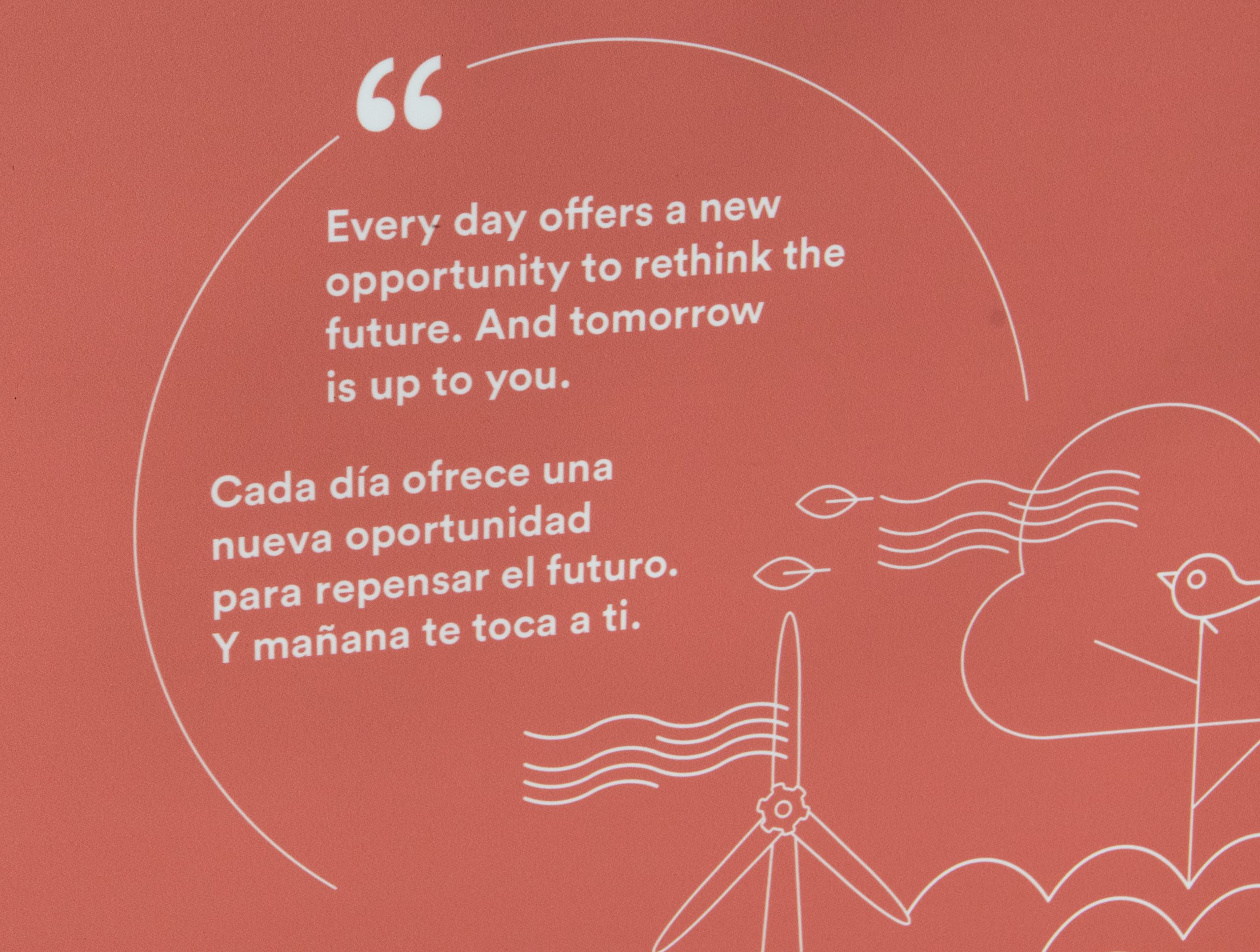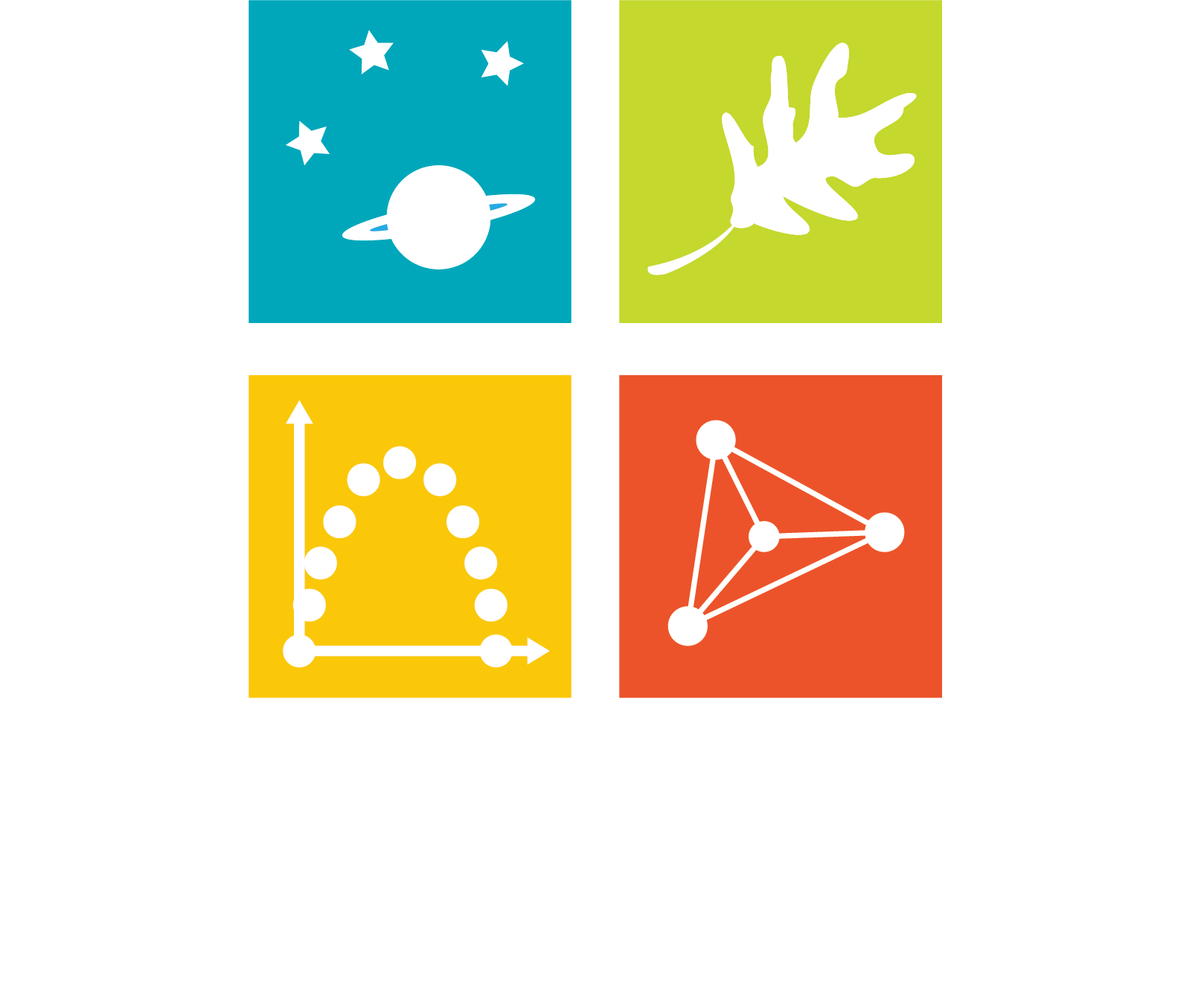NoCo Science Education Blog: Follow Your Passion and Build a Dream with Dee and Mark Wanger
By Victoria Jordan
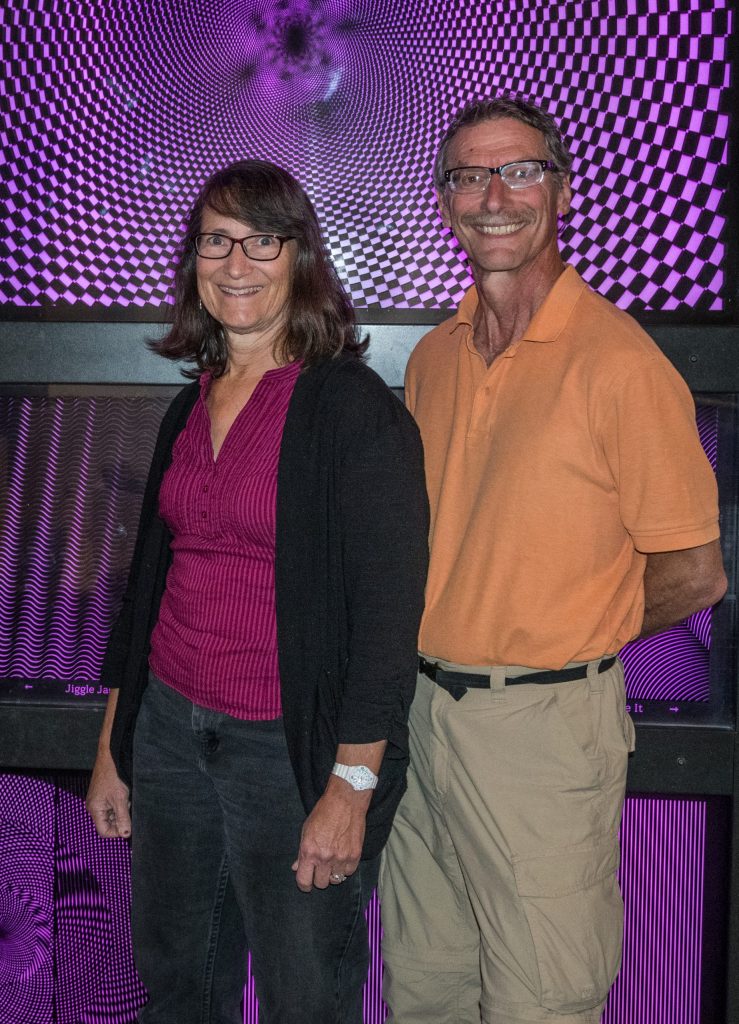
“Mommy! Come and check this out!” Squeals of delight surround me as I walk into a magical place where generations explore together. Toddlers crawl through an underground maze, poking their heads up into the railyard filled with Thomas the Tank trains. A grandmother helps a child build a satellite while exploring earth and space transportation.
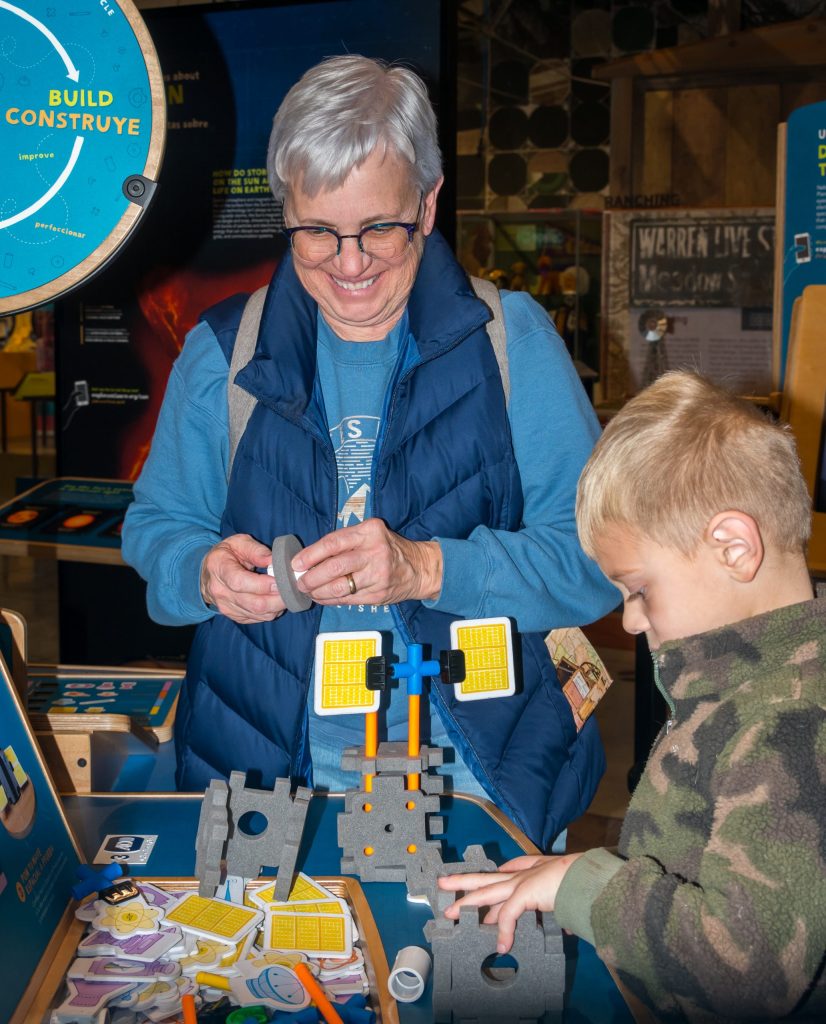
A youngster shoots a spray of water in an interactive display, trying to hit a target while learning hydraulics.
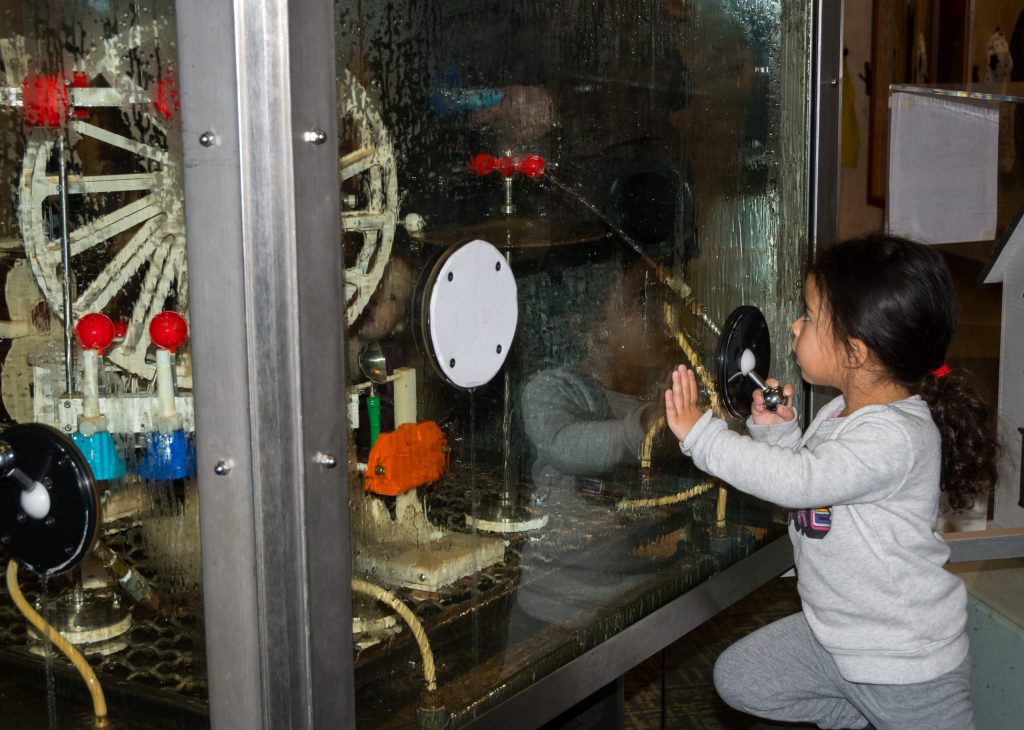
A mother plays a piano while her son beats a rhythm on a drum set.
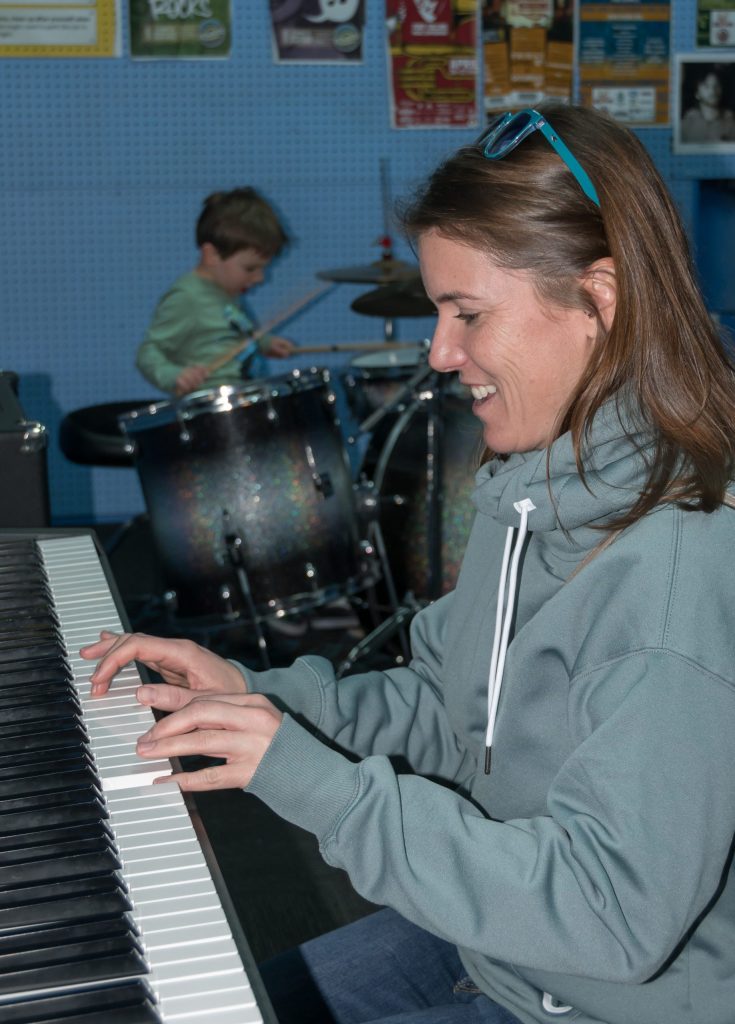
A college class hopes a live ferret will peek out of a prairie dog tunnel exhibit while listening to a biologist explain how techniques developed locally to save black-footed ferrets are now helping rhinos and other endangered species. Where is this place that brings people of all ages together to explore science, art, and history? And, how did this magical place come to be? Meet the inspiration for the Fort Collins Museum of Discovery, Dee Wanger and her supportive spouse, Mark.
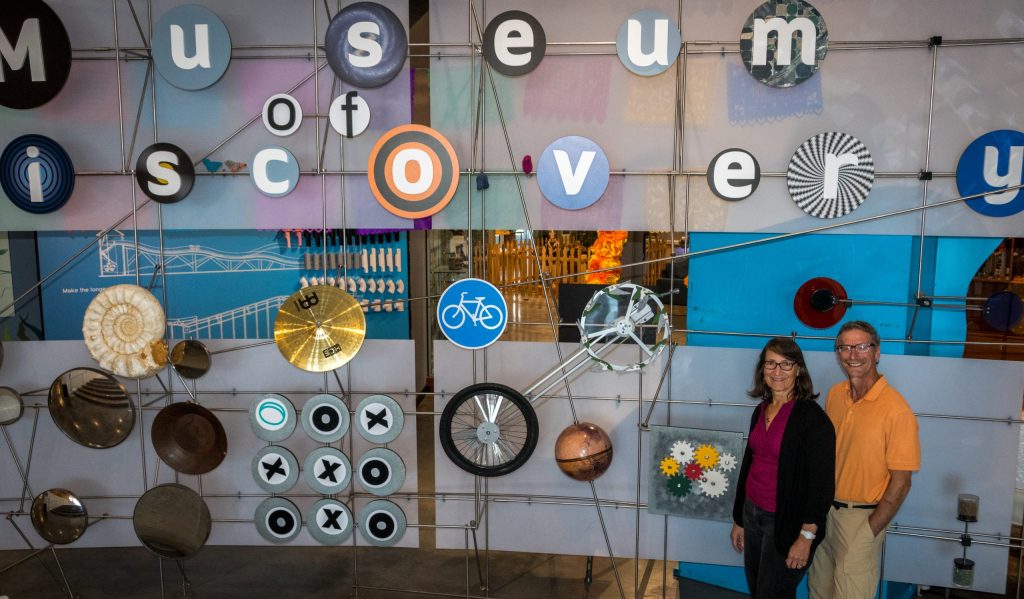
Build It and They Will Come
How did this tree of learning grow? Dee Wanger planted the seed in the 1980s. When Dee visited the Children’s Museum in Houston she was inspired to create a place in Northern Colorado that would bring people together to explore science with hands-on, engaging exhibits. Friends told Dee, “If you start a children’s museum, I will serve as a volunteer.” Since the internet had not yet been born, Dee looked in the yellow pages for examples of hands-on museums to find stories of how to begin and to find a formula, which did not exist. People she spoke to told her to, “Go with what your community will support.” Dee and a group of volunteers designed some transportable exhibits and took them to the 4th of July celebration and the first New West Fest, and generated excitement for the idea. The University Mall donated space in an empty store as a draw for customers. Mark joined the Exhibits Committee and helped to design and build exhibits. A slew of volunteers gave time, expertise and resources, and the Discovery Center was born.
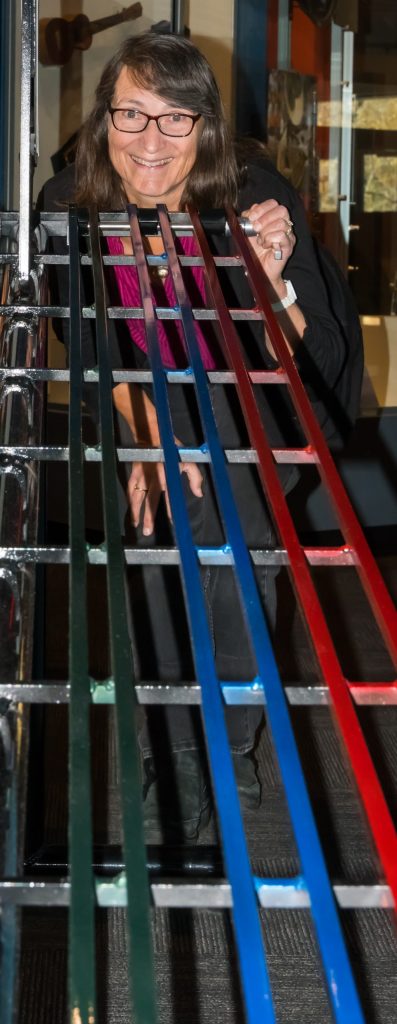
Partnerships Are Important
As the excitement for a science museum grew, so did the collaborations. “The atmosphere throughout the nation in the 1990’s really supported science and community engagement in a non-competitive manner,” Dee says. Over 200 museums started in every State during this time, and people at the Exploratorium in San Francisco and other places shared their professional exhibits with each other to help expand what the local volunteers had already created. Poudre School District donated space at Barton Elementary, Hewlett Packard and Advanced Energy had volunteers serve on the Board of Directors, donated matching grants, and encouraged employees to help create exhibits. “The community clearly wanted access to great things!” Once the snowball started to roll, it became a “feather in your cap” to be involved, and the momentum brought in leaders, businesses, scouts and schools. “So many people were willing to be worker bees that the talent pool of grassroots volunteers was astounding!” Dee says. “One of the partnerships was with a designer of professional exhibits, and that was when our impact exploded. Things like color and placement of objects and creating themes turned us into a truly professional museum.”
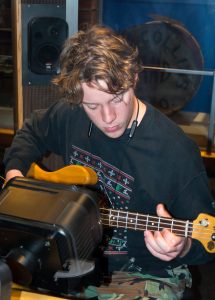
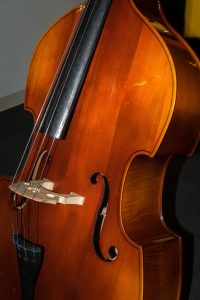
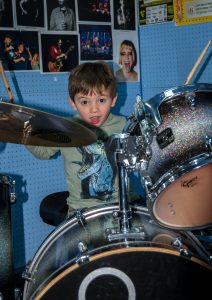
Another theme is the history of agriculture in the Fort Collins area.
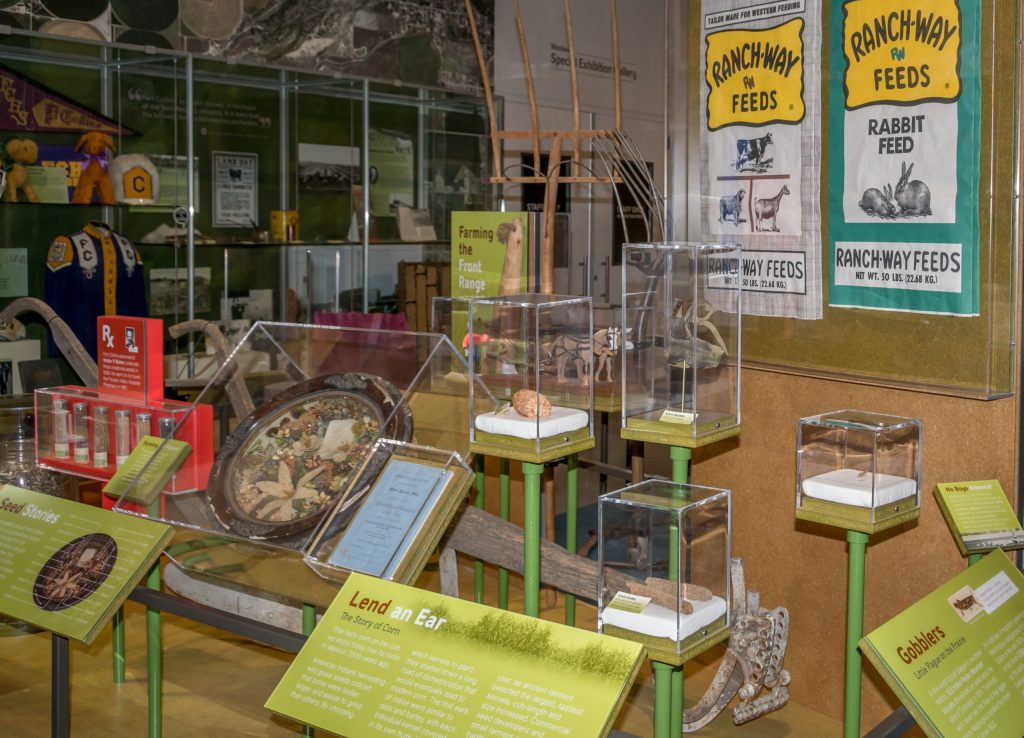
Growing Pains
“As the tree grew, we hired arborists to shape it,” Dee explains. Professionals and staff were hired to create, care for, and manage the exhibits. Mark shifted some of his energy to an electric bike trailer project, and Dee stepped back some to manage health concerns. But, they couldn’t stay away for long. “There has been a Wanger on the Board for at least 14 years!” Mark says. Dee returned to manage the astronomy Star Lab program. She also tried to create a kit check out program. “Some of the things we tried were unsustainable,” Dee says. Mark adds, “If you don’t succeed, don’t quit; just shift!” Many exhibits had false starts, but some of the ideas from the early days still exist in the museum to this day.
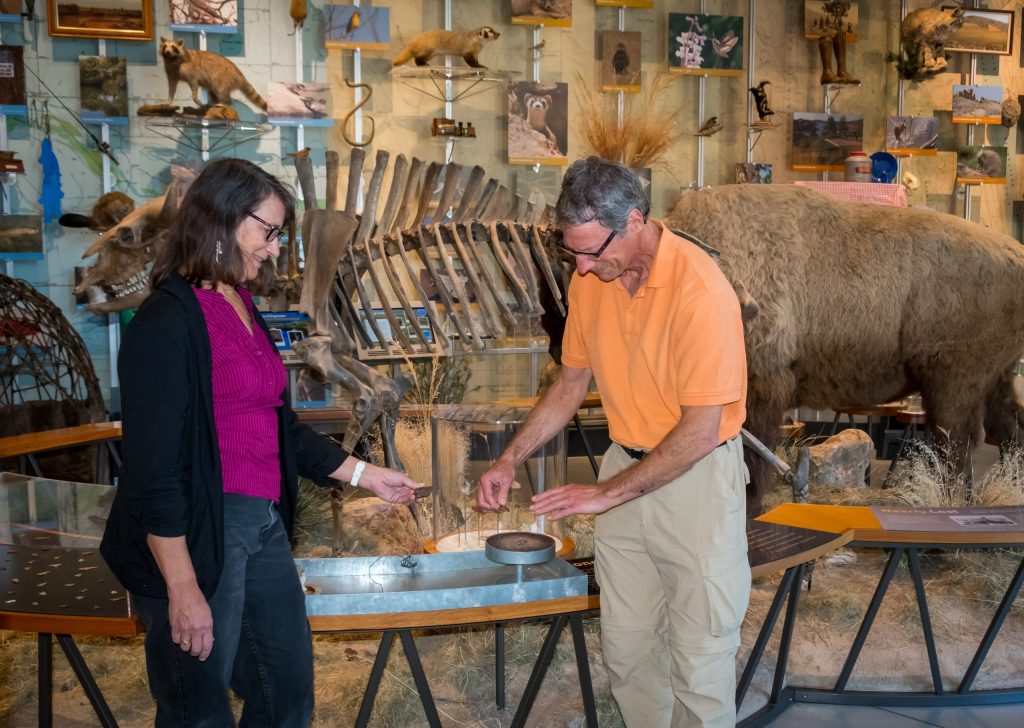
One of A Kind
In an unprecedented move, the Fort Collins History Museum and the Discovery Center merged to become the Fort Collins Museum of Discovery in 2012. There was city support for the infrastructure as well as a non-profit corporation to receive grants and donations. Companies can support an exhibit to boost their prestige and give back to the community, and there is a stable foundation for operations with a tax base. “The new building opened on my daughter’s birthday,” Dee says, “and she got married in the new FCMoD!”
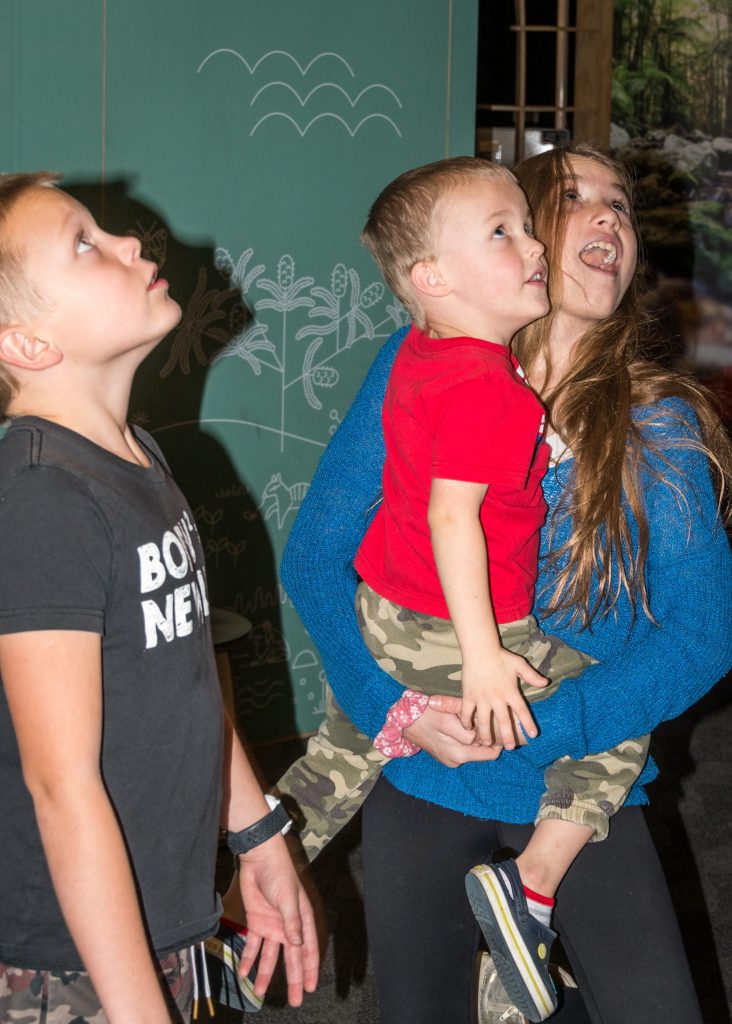
Traveling exhibits like this one on energy and the environment are paid for by donations from local companies. People of all ages are fully engaged in the exhibits.
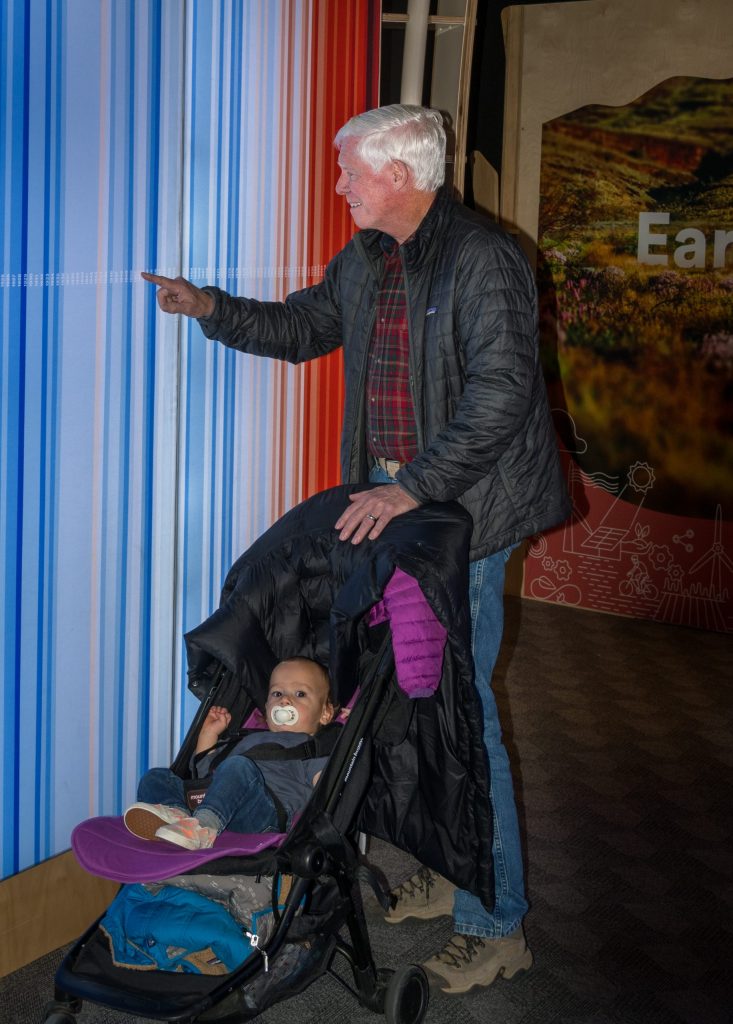
Follow Your Passion
“I didn’t feel encouraged to pursue science or math as a girl,” Dee says. “One of my teachers told me to consider studying chemistry, and another told me to look into ophthalmology. But I didn’t believe science was accessible to me. I wanted my daughters to have fun with science, and to see that it was accessible to them if they desired a career in science.”
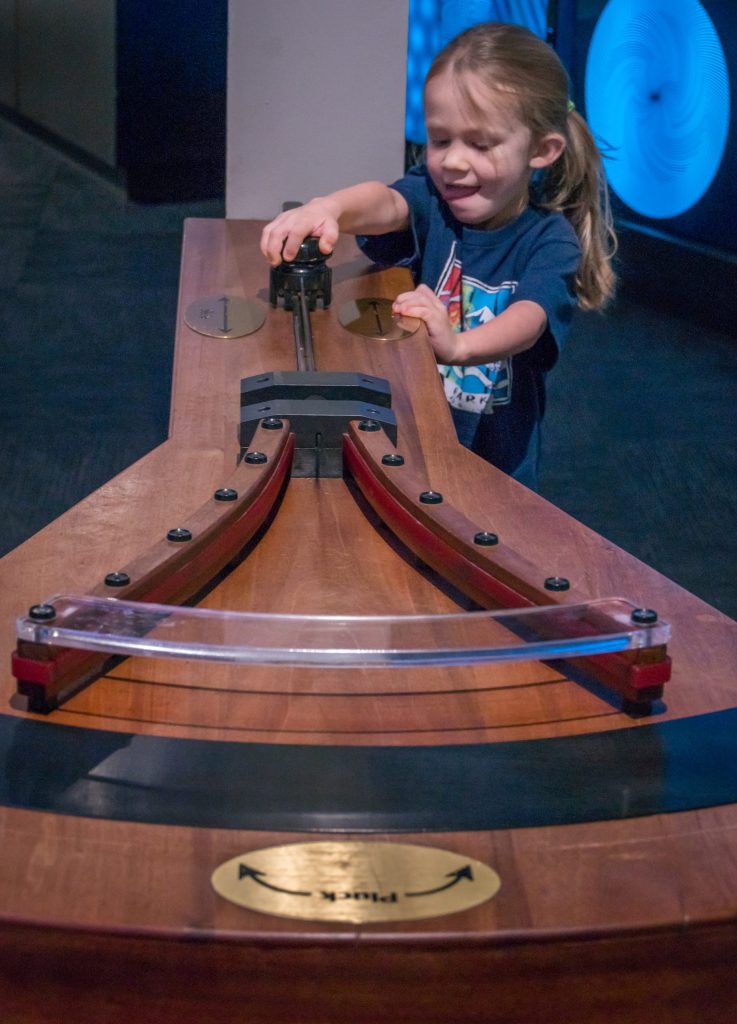
Mark adds, “Asking ‘I wonder’ at the dinner table led to so many exploratory conversations, it inspired us to do little things. All the little things added up to bigger things. The little things gave us confidence to keep trying.” Dee chimes in, “The dream comes out of the process. We followed our passions in the moment, kept shifting, and ended up creating many, many dreams.” Truly, the Wanger partnership continues to impact our community.
Have you ever had one of those lightbulb moments? A good idea can become a great idea in a flash! Every day offers a new opportunity to rethink the future. And, tomorrow is up to YOU.
